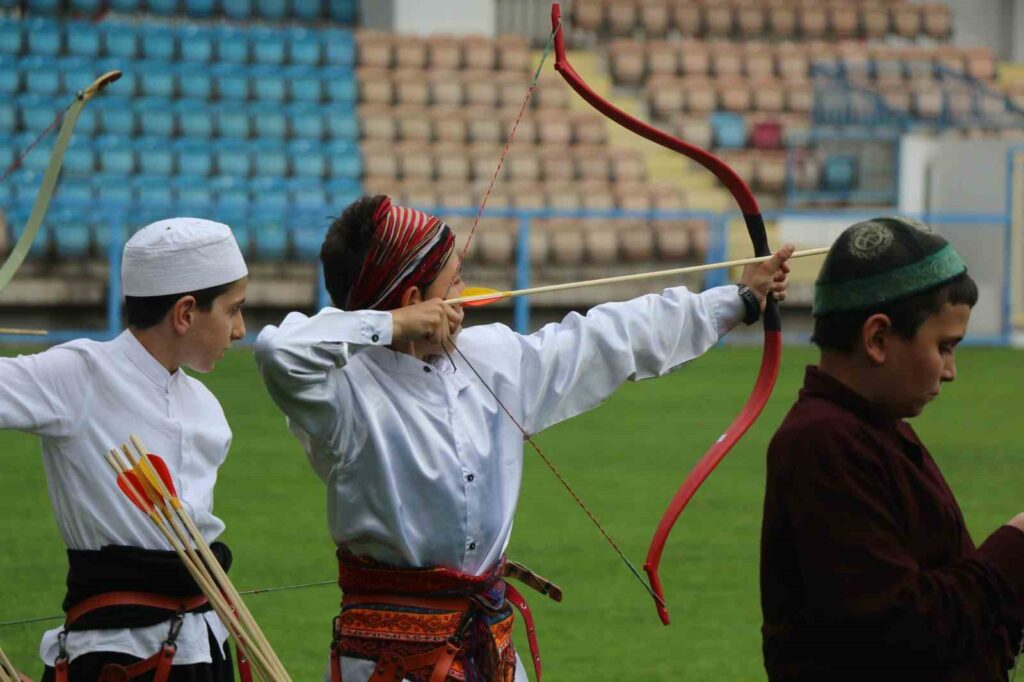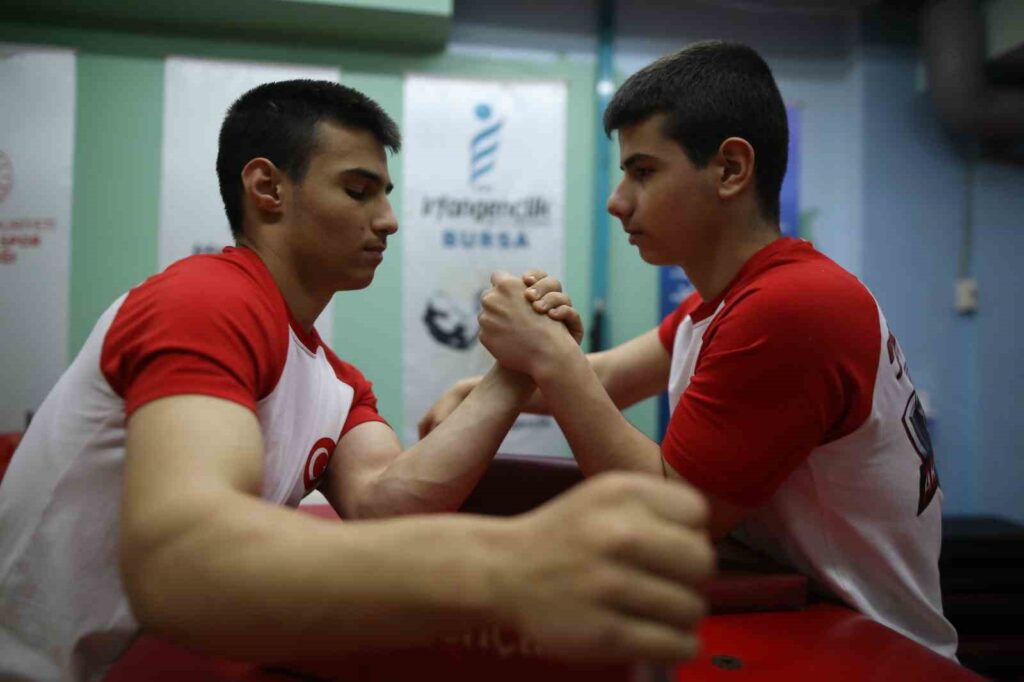Here is the village from which the name Anatolia originates.
Taşlıca Village, located in the Kızılcahamam district of Ankara, is known as the first place where the name was given to the Anatolian lands according to the legend of ‘Red Midwife’ or ‘Ayran Stone’. Throughout history, it has hosted many wars in order to be captured and …

Taşlıca Village, located in the Kızılcahamam district of Ankara, is known as the place where the name ‘Anatolia’ was first given according to the legend of ‘Red Midwife’ or ‘Ayran Stone’.
Throughout history, Anatolia has hosted many wars in order to be captured and has been home to many different communities. Today, Anatolia is defined as the land that separates the European continent from Asia, which remains within the borders of the Istanbul Strait. There are also many legends regarding the origin of the name of the Anatolian peninsula, which has been referred to by many different names throughout history.
According to one of these legends, the ‘Red Midwife’ legend, it is said that the name Anatolia comes from the Ayran Stone and the Red Midwife in Taşlıca. Alaeddin Keykubat, the ruler of the Anatolian Seljuk State, stops by the village of Taşlıca, which is currently within the borders of Ankara Kızılcahamam, on his way to conquer the Başköy Rum Castle. Alaeddin Keykubat and his soldiers are welcomed by the Red Midwife, who lived in the village with the women saints who had settled there years ago, and her son Oruç Gazi. The Red Midwife pours the ayran she has freshly prepared into a stone trough to serve to the soldiers. Despite all the soldiers drinking the ayran, it does not run out in the stone trough. As the soldiers fill their containers one by one, a dialogue occurs between the Red Midwife and the soldiers, saying, ‘Fill it, my warriors’, ‘Fill it, Mother’, ‘Fill it, my children’, ‘Mother, it’s full’. After this dialogue, the regions that were referred to as Rum over time become known as ‘Anatolia’ as the story spreads.
“The naming of these lands as Anatolia comes from this reasoning”
Ali İhsan Gökmen, a resident of Taşlıca village, narrates the story of the Red Midwife and Anatolia, stating, “The brief story of the Ayran Stone is connected to the Red Midwife. This incident occurred during the reign of Alaeddin Keykubat between 1220 and 1237. Alaeddin Keykubat stops here during his conquest journey in hot weather, similar to today. At this time, the Red Midwife comes with a jug of ayran and pours it into the Ayran Stone we see here. The soldiers, seeing this, come to the Ayran Stone and quench their thirst. However, the ayran does not run out. The soldiers who first shout ‘fill it, Mother’ then see that the ayran does not run out and say ‘Mother, it’s full’. The naming of these lands as Anatolia comes from this. Seeing this, Alaeddin Keykubat asks the Red Midwife, ‘What do you wish from me?’ The Red Midwife wishes that her child receives a good education and that no taxes are collected from this region. Alaeddin Keykubat grants this wish by endowing the lands in this region to the Red Midwife.”
“The Red Midwife is a figure that preserves Turkish customs and traditions”
Elçin Ödemiş, a member of the Turkish Women’s Culture Association, stated that the Red Midwife is a symbol of Turkish women, saying, “The Red Midwife is a figure that preserves Turkish customs and traditions. She is referred to as the one who gave the name to Anatolia, and the Red Midwife story exists in many places. However, the story that is prominent in Turkey and embedded in Turkey is in Kızılcahamam. It is said that the Red Midwife lived during the era of Alaeddin Keykubat, and this is likely true. Because in the period of endowments, there is a deed belonging to Oruç Gazi, and it is recorded that this deed belongs to the era of Alaeddin Keykubat.”
“The Red Midwife is Baciyan-i Rum”
Ödemiş emphasized that the Red Midwife is associated with a legend about how the name Anatolia was given during the era of Alaeddin Keykubat and that she is a Baciyan-i Rum, stating, “Baciyan-i Rum is the world’s first women’s organization established by Fatma Bacı, the wife of Ahi Evran. More precisely, we can say that the Red Midwife is the leader of an organization that was established together with Ahi Evran in Taşlıca Village, Kızılcahamam, Ankara. This organization made the armor for soldiers during the war, for instance, the horse armor for Orhan Gazi was made by Baciyan-i Rum. The Red Midwife is responsible for tasks such as weaving carpets, harvesting, leather and wool processing, elderly care, and preparing dowries. Also, during wartime, they not only prepared clothing for soldiers but also fought when necessary. We know that there were female warriors during the Mongol period in front of Kayseri, with nearly 30,000 cavalry women. Therefore, the existence of the Red Midwife in this context is significant.”
“The Red Midwife lived during the throne struggle of Alaeddin Keykubat”
Ödemiş noted that Alaeddin Keykubat stayed in Ankara for two years during his throne struggle with İzzeddin Keykavus, stating, “The encounter between the Red Midwife and Alaeddin Keykubat likely occurred during this period. Of course, additions have been made to the legends later. It is always like that, like the stories of Dede Korkut, there are additions made to them. It is highly probable that she was one of those who supported Alaeddin Keykubat, and Alaeddin Keykubat endowed these lands to them. Just to look beyond the mystical aspect and view it realistically, these lands were endowed to Oruç Gazi by Alaeddin Keykubat because they supported his side, and Taşlıca village was founded by Oruç Gazi and his mother, the Red Midwife.”
“From the Red Midwife, we understand that ‘Turkish women are hospitable'”
Ödemiş also added that the Red Midwife symbolizes Turkish women, stating, “The Red Midwife shows that Turkish women do not stay behind but stand in the forefront, not fleeing or migrating, indicating that there was no migration in Anatolia. We see that she communicates directly with people, is among the public, and is within the social world. From the Red Midwife, we understand that ‘Turkish women are hospitable.’ We understand this from the fact that she served ayran to the entire army. The ayran story also represents abundance and teaches the importance of abundance in Turkish Islamic Culture, as well as the importance of reading and prayer. For example, when Turkish women do something, they say ‘may Fatma Ana’s hand touch it’. The Red Midwife prepared the ayran in the same way. She was not the only one there; there were probably 40 women, meaning there were other sisters as well. These women also served ayran to the soldiers.”







